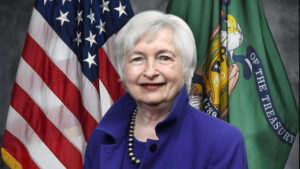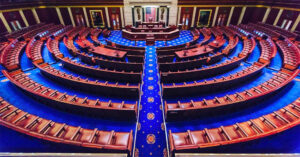President Obama kicked off a trip to Asia with a visit to Vietnam, where he announced that the United States is fully lifting the arms embargo on Hanoi. In a joint press conference with Vietnamese president Tran Dai Quang, President Obama finished a process that has been proceeding incrementally throughout much of his term in office, namely slowly rolling back the vestiges of the United States’ bitter two-decade war against Vietnamese communists. Sentiments among many American Baby Boomers regarding Washington’s slow-but-steady outreach to Hanoi are mixed, but President Obama’s visit and decision to end the arms embargo reflect the United States’ determination to restructure Cold War alliances in a nod to today’s shifting global environment.
Countries like Vietnam are emblematic of the future of American alliance structures.
- Hanoi is an inveterate land power—having proven itself sufficiently scrappy to resist centuries of Chinese encroachment and both French and US military might.
- Lifting the arms embargo is unlikely to cause serious heartburn down the line for other friendly US states in Southeast Asia — namely Thailand and Singapore — because Southeast Asian geography is sufficiently rugged that Vietnam does not pose a threat to these states.
- It helps strengthen pro-US sentiments among Vietnam’s vehemently anti-Chinese military leadership, a vital bulwark against Beijing’s regional interests for both Washington and Hanoi’s fellow ASEAN member-states.
- Vietnam’s long eastern coastline is home to Cam Ranh Bay, the finest natural deep water harbor in South East Asia. Cam Ranh has hosted French, American and Soviet fleets in the past century.
- Vietnam lies along the South China Sea and claims the Paracel and the Spratly Islands, rocky outposts that have become flashpoints in the powder keg of the South China Sea. Vietnam’s views on China and the South China Sea mean that its geographic and strategic positions are now in-line with American interests, rather than threatening them. Vietnam’s geographic position is now more strategic than ever, and its stance on China has opened the door for American influence.
- Washington’s outreach to Vietnam cannot be defined purely through military or anti-Chinese positions. Vietnam’s large and youthful population represents a strong future growth market, and getting in on the ground floor of Vietnam’s push toward industrialization will be a boon to American manufacturers looking for both cheap skilled labor and a market for higher-end, US made goods. Vietnamese power and transport infrastructure is in desperate need of foreign technology and investment, and the country’s offshore energy assets represent several opportunities for US supermajors experienced in deep-water energy production.
The United States and Vietnam are burying the hatchet. Hanoi still has work to do on its end—economic and political reforms and the kinds of asides about human rights concerns US leaders habitually mumble about in front of journalists—but Washington is committed to working with the Vietnamese leadership to see that this process is carried out in-line with American regional interests. The process will have hiccups and headaches along the way, but the United States is committed to moving forward in what will be the bedrock of expanded US-ASEAN cooperation.






